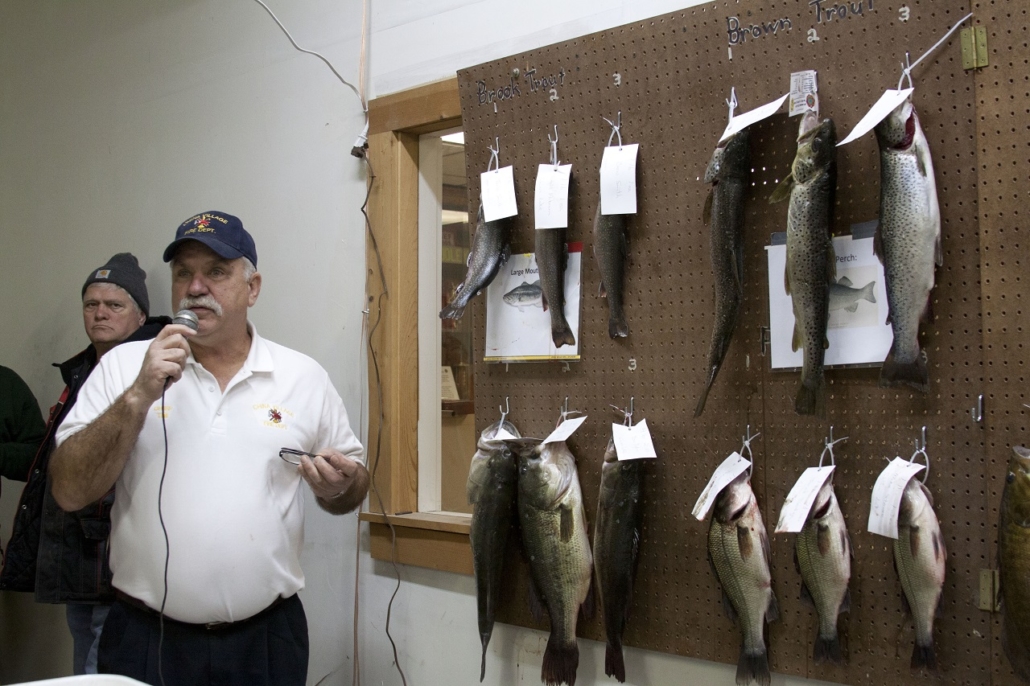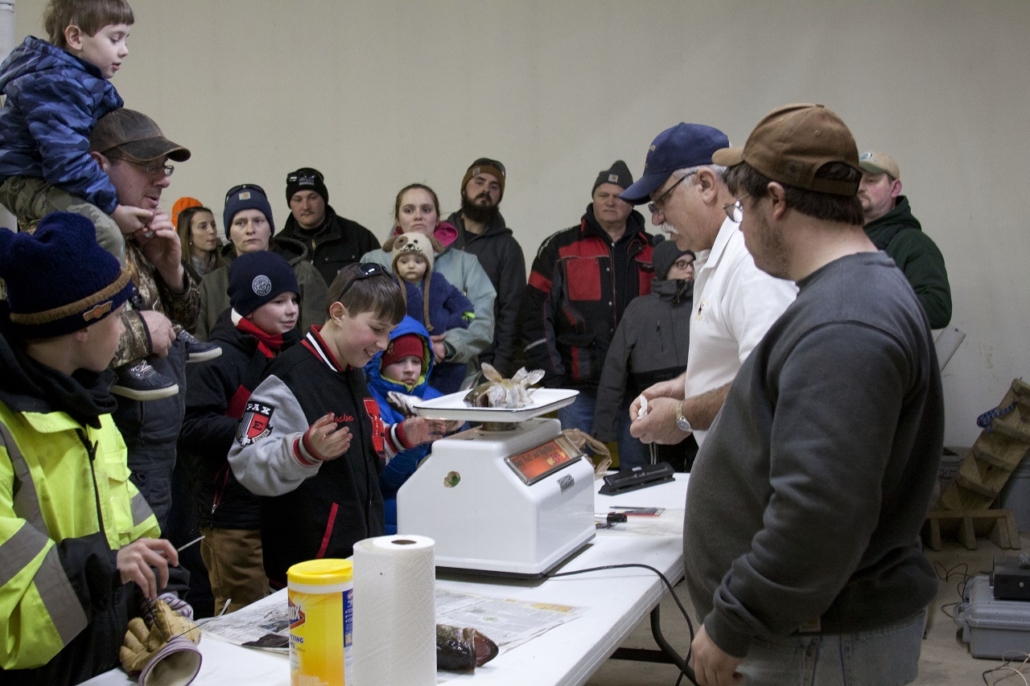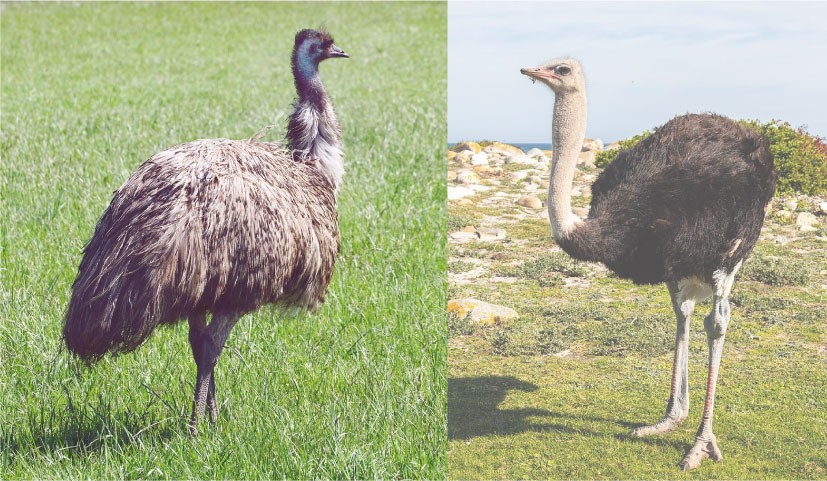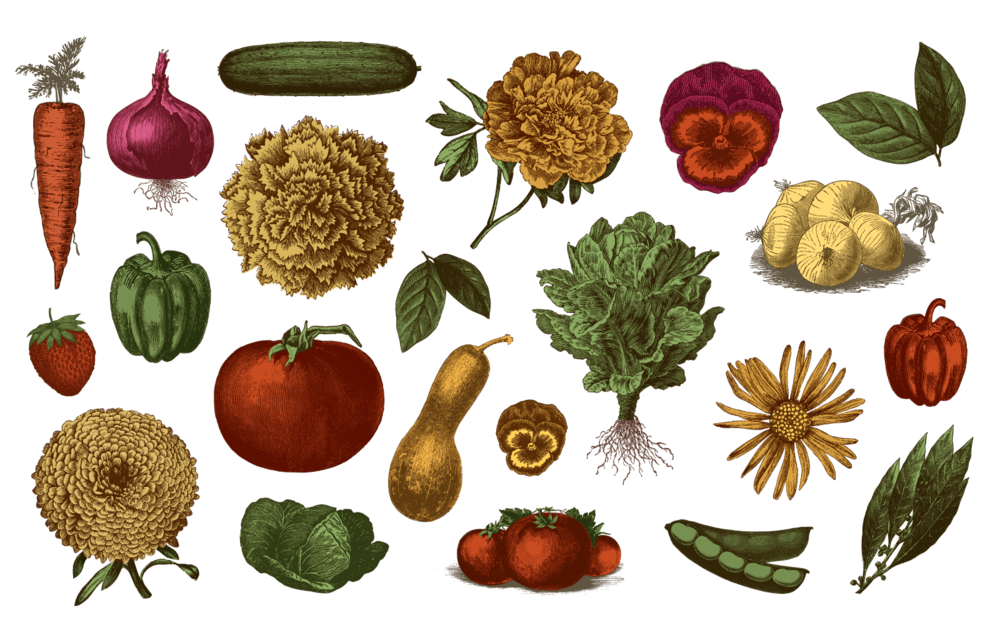I’M JUST CURIOUS: Cleaning tips, etc.
 by Debbie Walker
by Debbie Walker
Let’s see what I can come up with tonight. This doesn’t mean I have tried them; I am seeing some of them for the first time myself. So let me know what you think?
Do you have any problems with pet hair? It is suggested you get out your hairspray. Spray it onto a clean cloth and run it over in an area of pet hair.
Did you ever get makeup like mascara on your clothes? You guessed it, hairspray to the rescue. Spritz it with hairspray and let sit for 10 minutes. Rinse.
Need to remove an ink spot from fabric? Spritz hairspray onto the area. Rub away the stain with a clean cloth. (Tried it, it works!) One I haven’t tried is using hand sanitizer to remove ink.
Spraying a zipper with hairspray may help it to stay up. Let me know please.
Sticky labels or price sticker; spritz a layer of hairspray and wipe it away.
Runs in your pantyhose. Try spraying them with hairspray along the run. (or stop with clear nail polish).
Ever get a razor burn? Place a wet tea bag over the cuts. The tannic acid in the tea works on the inflammation.
Before potting a plant, place tea bags on the drainage holes. They will help retain water and add life to your plant.
Shine your mirror? Brew a pot of strong tea and let it cool. Then dip a cloth into the brew and clean your mirror and buff to a shine.
If you have cooked on food to remove, fill the pot with warm water and drop in a tea bag. The acids help break up the food.
Want to keep your skin soft? Place a few green tea bags under the running water next time you take a bath. The green tea will help with dehydrating your skin.
Ever get a coffee or tea stain on clothing? Wet the area with cold water, put a pea-sized amount of whitening toothpaste on it. Wait minutes then rinse with cold water.
Did you ever hear of soaking a stiff paint brush in a pan of hot vinegar? Do it for about 15 minutes, then wash with dish soap and warm water. Let me know how it works, please.
Fly proof a picnic. Yes, you will have the weather for another picnic eventually! Set out vases of mint and basil down the center of the table. Flies dislike the odor and keep on traveling.
After cooking or cleaning have you had strong smells from your hands? I love this one. Put a dime size drop of toothpaste in each hand, rub together and rinse!
Unscented, hypoallergenic baby wipes make great makeup removers.
Use the baby wipes in your gym bag to clean off exercise equipment.
Clean your keyboard with baby wipes.
Got a bleach spot on your black pants? Use a black permanent Sharpie and try your coloring skills. Now this one I have tried, and it works well. And those markers come in about 50 different colors.
I’m just curious how you do with these new thoughts. Contact me with any questions at DebbieWalker@townline.com. And as usual, thanks for reading. Have a great week!










 Skowhegan Savings Bank has announced that John Butera and Steve Gray have joined the bank as vice presidents of commercial lending. They will work to assist the bank’s customers with their business banking. Butera has over 30 years experience in economic and business development.
Skowhegan Savings Bank has announced that John Butera and Steve Gray have joined the bank as vice presidents of commercial lending. They will work to assist the bank’s customers with their business banking. Butera has over 30 years experience in economic and business development. Which NASCAR driver has won the most Daytona 500s?
Which NASCAR driver has won the most Daytona 500s?



